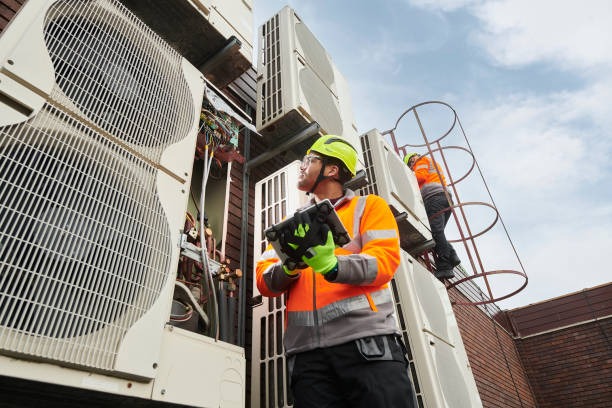Installing electric fencing for maximum security requires careful planning, proper materials, and adherence to safety guidelines. Begin by assessing the area you want to secure and determining the perimeter length. This measurement will help you purchase the correct amount of wire, posts, insulators, and energizer units. Choose a high-quality energizer suitable for your fence’s length and intended purpose; it should deliver sufficient voltage to deter intruders without causing harm.
Next, select appropriate fence posts based on your terrain and security needs. Metal or wooden posts can be used depending on durability requirements. Space the posts evenly along the perimeter, typically between 10 to 15 feet apart, ensuring they are firmly anchored into the ground click for details stability. Install insulators on each post at multiple heights if necessary; these prevent electrical current from grounding out through contact with the post material.
When installing wires, use galvanized steel or aluminum wire designed specifically for electric fences as they conduct electricity efficiently while resisting corrosion. Attach wires securely to insulators in parallel lines around your property’s boundary at varying heights-this makes it difficult for intruders to bypass or climb over undetected. Ensure all connections are tight and free from rust or damage that could interrupt current flow.
Once wiring is complete, connect everything to your energizer unit according to manufacturer instructions. The energizer converts power into high-voltage pulses sent through the wires intermittently rather than continuously; this intermittent pulsing conserves energy while maintaining effectiveness as a deterrent. Connect one terminal of the energizer to your fence wire system and another terminal securely grounded with a dedicated rod driven deep into moist soil nearby.
After installation is finished but before activating power fully, test your fence using a voltmeter designed for electric fences or an approved tester device available at hardware stores. Testing ensures there are no breaks in continuity along wiring paths that could reduce performance or create unsafe conditions such as shorts that bypass insulation points.
Regular maintenance also plays an important role in maximizing security effectiveness over time. Check tension in wires periodically since sagging reduces shock strength when touched by potential intruders. Clear vegetation growing near or touching wires because plants can cause short circuits leading to loss of charge across sections of fencing.
By following these steps carefully-from planning layout through regular upkeep-you will create a reliable electric fencing system that enhances property security effectively while meeting safety standards required for residential or commercial installations alike.











